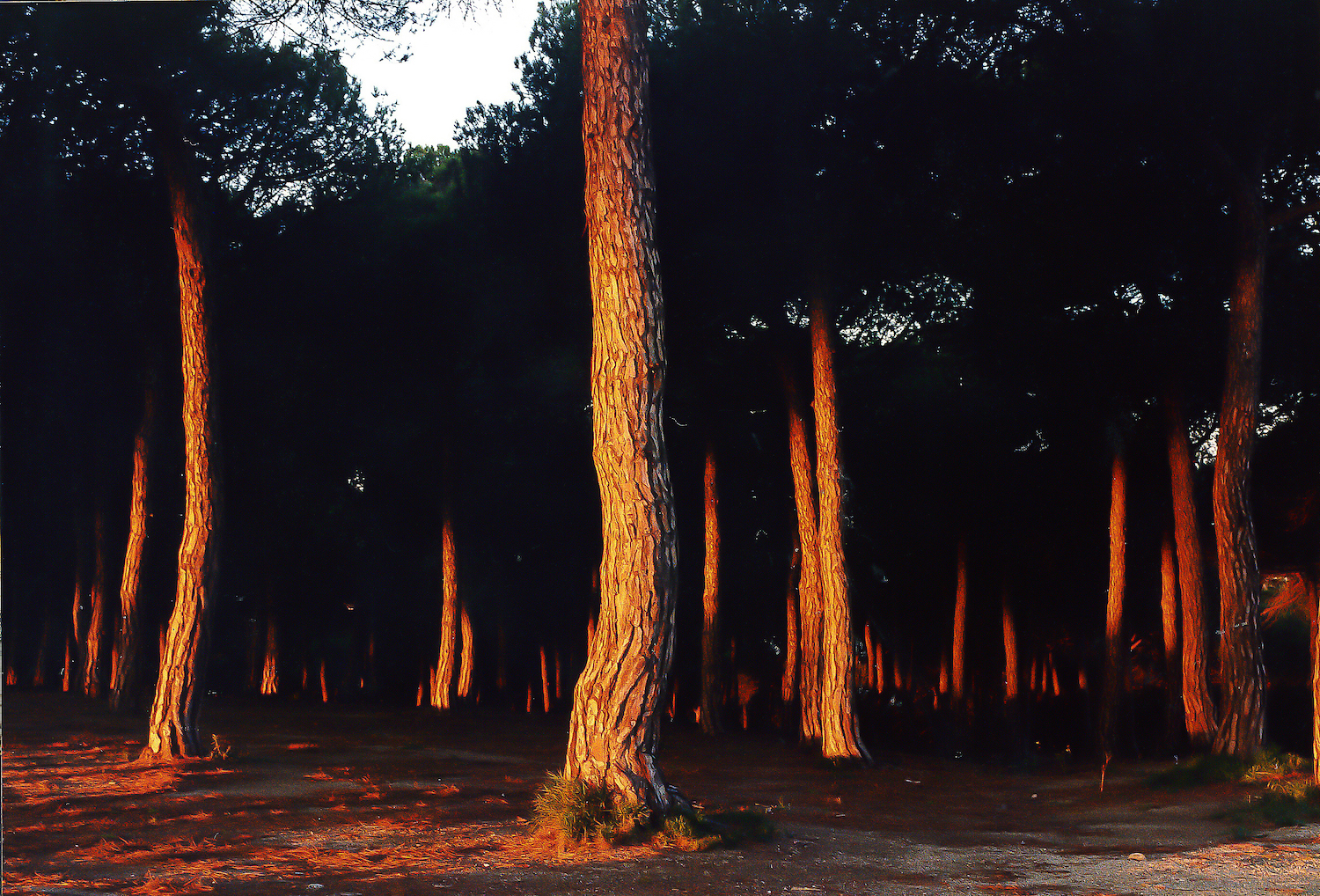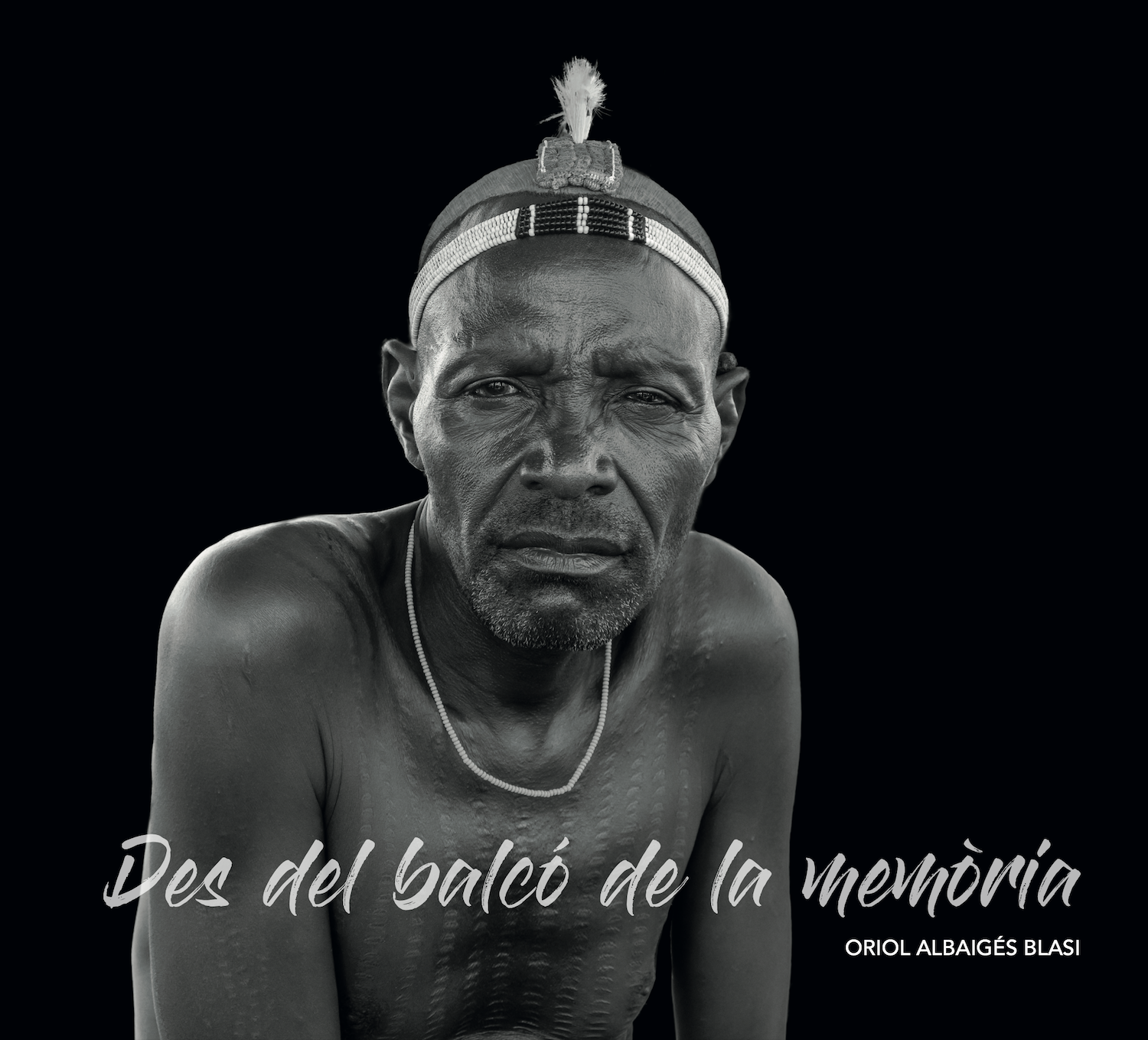
Publicació del llibre Des del balcó de la memòria, un recull d’imatges i textos inspirats en la gent que un viatger qualsevol coneix viatjant, en paisatges que el colpeixen o en moments singulars que té l’ocasió de viure, i que s’entreteixeixen al voltant de les tres dimensions que configuren el seu espai de relació: amb ell mateix, amb els altres i amb allò que hi ha més enllà del món comprensible (Editorial Claret).
Publication of the book “Des del balcó de la memòria”, a collection of images and texts inspired by the people a traveler meets while traveling, the landscapes that strike him, or the singular moments he has the opportunity to experience, all interwoven around the three dimensions that shape his space of relationship: with himselve, with others, and with what lies beyond the understandable world (Editorial Claret).
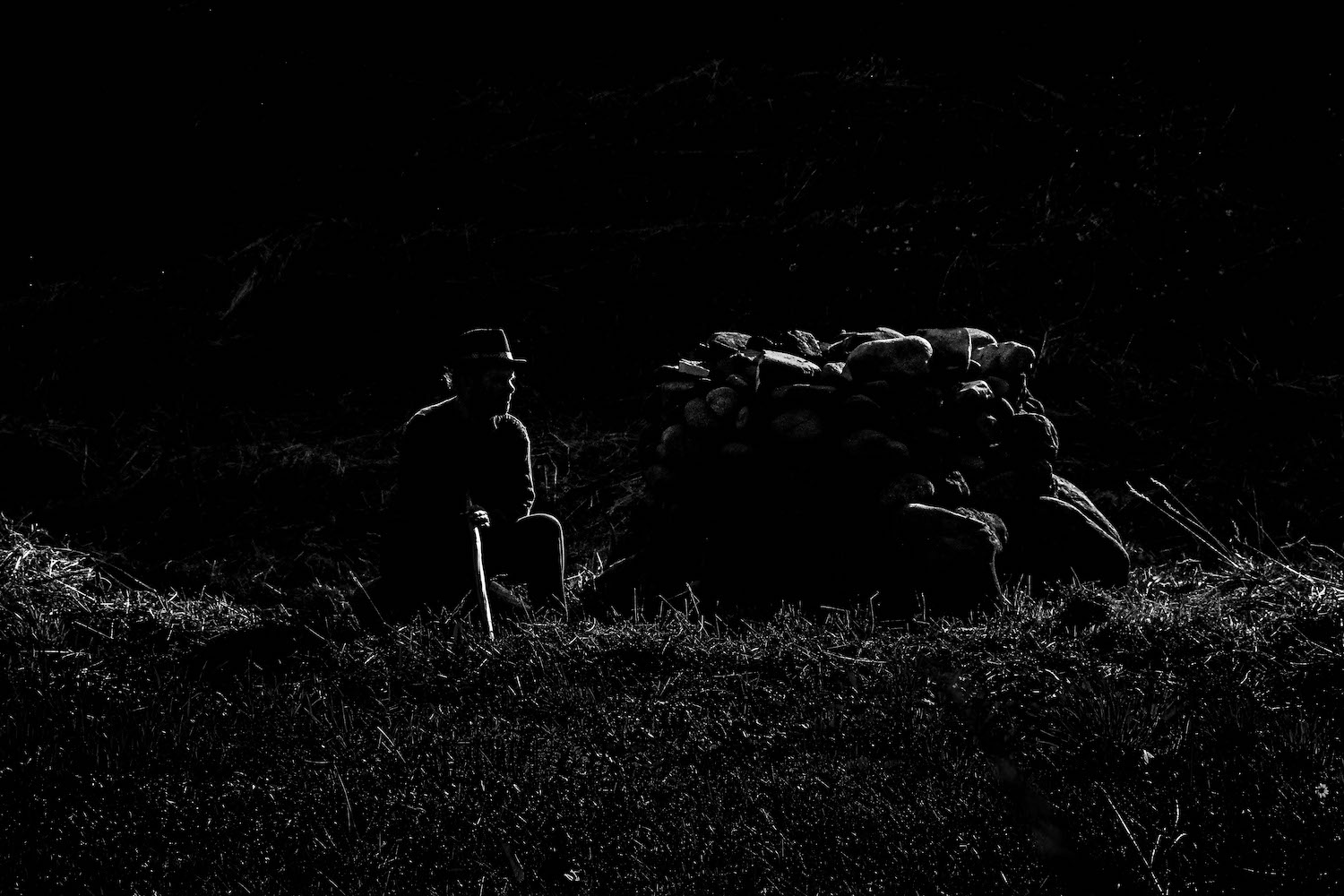
En un entorn de canvis constants, sovint es fa difícil disposar de referències concretes per llegir de forma constructiva fenòmens com la diversitat. El projecte és una reflexió sobre totes aquelles diferències que ens doten d’identitat, i a la vegada, sobre les similituds que ens apropen, amb l’objectiu d’establir punts de trobada. No és una invitació a la reflexió des d’una perspectiva naïf (no s’ha de confondre equitat amb homogeneïtat), sinó a través del pensament crític, sense prejudicis ni estereotips, treballant l’empatia i establint complicitats. Tot i que cada cultura ha establert els seus propis criteris per assolir un cert grau de plenitud en les diverses dimensions de l’existència, els éssers humans en compartim l’essència, I sovint és a través de les emocions, dels pensaments o dels sentiments dels altres que som capaços de conèixer-nos a nosaltres mateixos més i millor.
In an environment of constant change, it is often difficult to have concrete references to constructively understand phenomena such as diversity. This project is a reflection on all those differences that give us identity, and at the same time, on the similarities that bring us closer, with the aim of establishing meeting points. It is not an invitation to reflection from a naive perspective (equity should not be confused with homogeneity), but through critical thinking, without prejudices or stereotypes, working on empathy and establishing complicity. Although each culture has established its own criteria to achieve a certain degree of fulfillment in the various dimensions of existence, humans share the essence, and often it is through the emotions, thoughts, or feelings of others that we are able to know ourselves more and better.
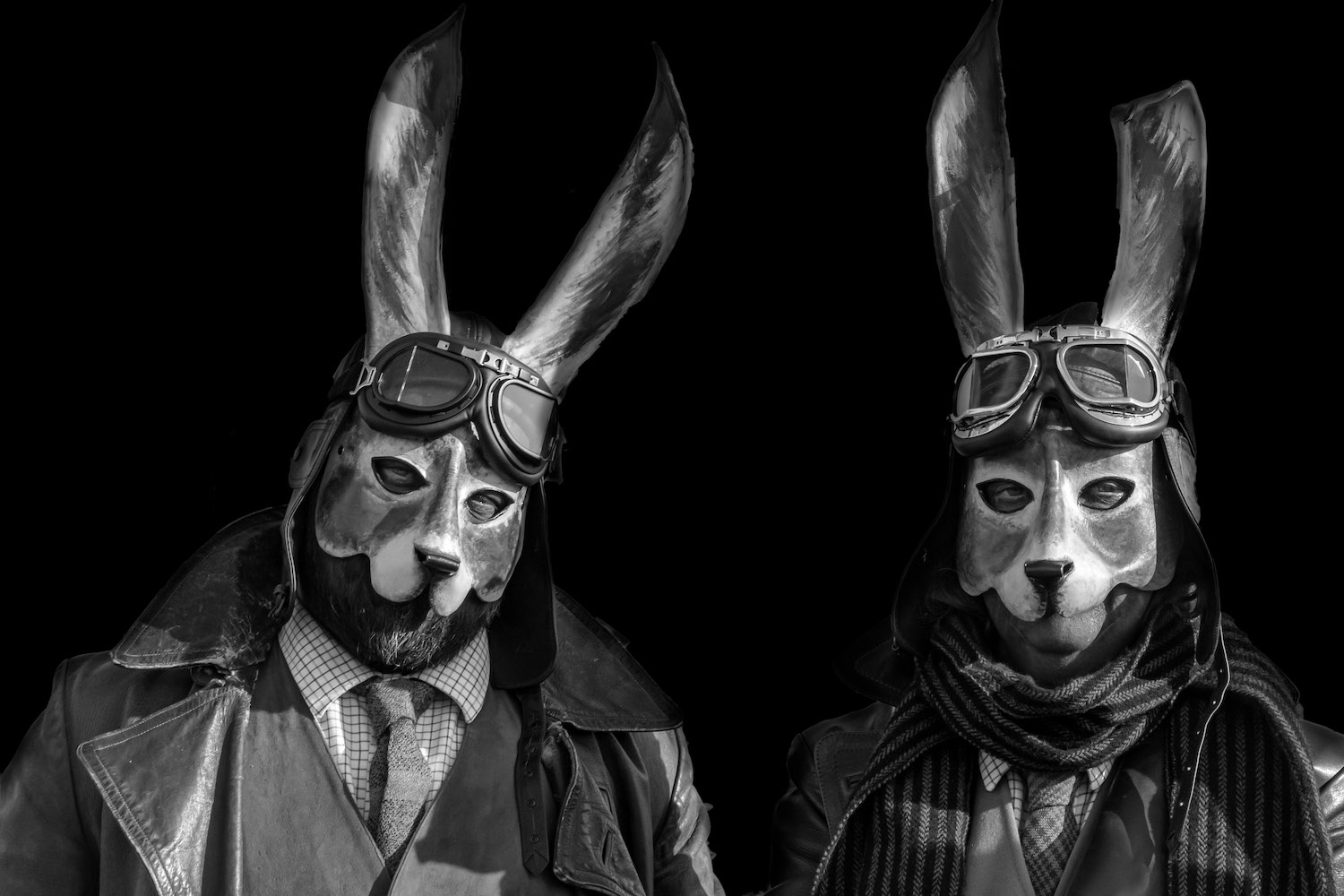
La fascinació per les màscares va conquerir Venècia ja al segle XIII. Des de llavors, les màsqueres van convertir-se en objectes tan estimats com temuts, ja que garantien l’anonimat, anivellaven les classes socials i permetien la burla pública de les autoritats i l’aristocràcia. La possibilitat d’ocultar la identitat sota les màscares va afavorir també robatoris i assalts, cosa que va dur a la seva prohibició durant algunes èpoques. No va ser fins al 1967 quan van començar a organitzar-se públicament les primeres festes amb desfilades de màscares i disfresses. Avui són una eina indispensable per crear l’atmosfera màgica del Carnaval, l’esdeveniment venecià per excel·lència, dedicat a la transgressió i a la diversió desenfrenada.
The fascination for masks conquered Venice already in the 13th century. Since then, they have become objects as beloved as they are feared, as they guaranteed anonymity, leveled social classes, and allowed for public mockery of authorities and aristocracy. The possibility of concealing one’s identity under masks also favored thefts and assaults, leading to their prohibition during certain periods. It wasn’t until 1967 when the first public parties with mask parades and costumes began to be organized. Today, they are an indispensable tool for creating the magical atmosphere of the Carnival, the quintessential Venetian celebration, dedicated to transgression and unrestrained fun.

El món està fet de llums i d’ombres que es mouen a través de l’espai. També el nostre interior està fet de llums i d’ombres. Formen part del que som, del que no volem ser i del que potser serem. Són la lluita entre allò que reconeixem, allò que evitem, allò que admetem i allò que ignorem o no volem veure. I en aquest petit, però costós equilibri, intentem que passin els dies sense que cap de les parts domini l’altra, ja que les llums no sempre il·luminen la nostra vida. De vegades les llums ens enceguen i no ens deixen veure el camí, i és en les ombres que trobem les respostes.
The world is made of lights and shadows that move through space. Likewise, our inner selves are made of lights and shadows. They are part of who we are, of what we do not want to be, and of what we may become. They represent the struggle between what we acknowledge, what we avoid, what we admit, and what we ignore or do not want to see. And in this small yet costly balance, we try to spend our days without letting any part dominate the other, because lights do not always illuminate our lives; sometimes, they blind us and prevent us from seeing the path, while shadows provide us with answers.

KHÀRKIV, CRÒNICA D’UNA CIUTAT ASSETJADA >
Des de l’esclat de la guerra a Ucraïna, el 24 de febrer de 2022, la ciutat fronterera de Khàrkiv, al nord-est del país, és assetjada i bombardejada constantment per part de les forces russes. Més de la meitat de la seva població ha fugit a llocs segurs. Els que encara romanen a la ciutat lluiten per sobreposar-se a la precarietat, a la incertesa i a les vicissituds del dia a dia. “Khàrkiv, crònica des d’una ciutat assetjada”, documenta l’esperit de resiliència i superació d’aquestes persones que, a ulls de la comunitat internacional, sovint romanen eclipsades per la força de les imatges de les operacions militars, dels combats, de la destrucció o de les escenes de violència pròpies de qualsevol conflicte.
Since the outbreak of war in Ukraine on February 24, 2022, the border city of Kharkiv, in the northeast of the country, has been besieged and constantly bombed by Russian forces. More than half of its population has fled to safer places. Those who remain in the city struggle to overcome the precariousness, uncertainty, and vicissitudes of daily life. “Kharkiv, Chronicle from a Besieged City” documents the spirit of resilience and overcoming of these people who, in the eyes of the international community, often remain overshadowed by the force of images of military operations, combat, destruction, or scenes of violence typical of any conflict.
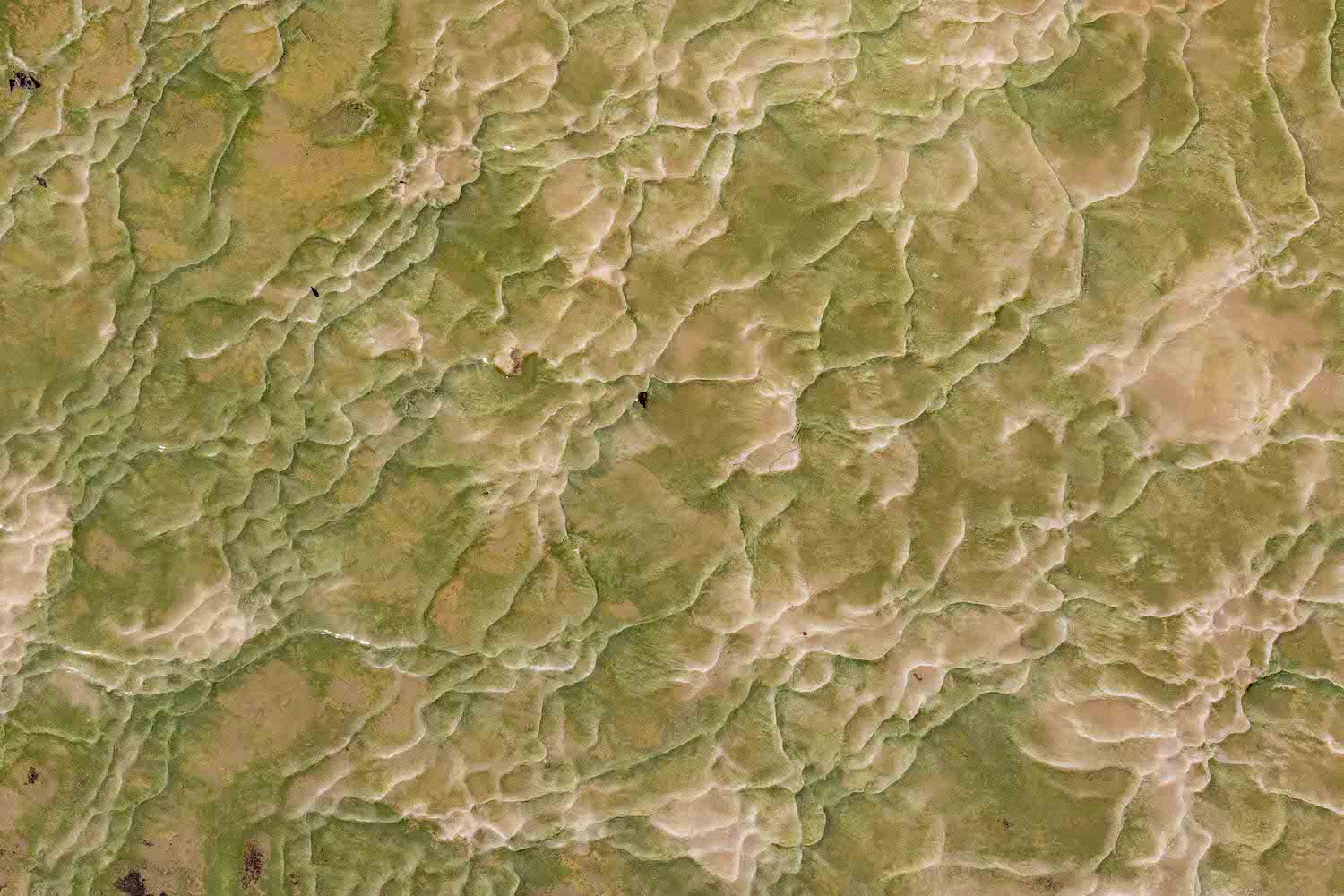
TEXTURES VISUALS proposa la contemplació, l’evocació o la percepció, a través de formes, colors i textures. Tots els elements que componen una imatge (llum, color, textures, composició, contingut…) s’entrellacen per provocar un determinat efecte en aquell qui la contempla. Les textures generen sinestèsies, que és la capacitat que tenen alguns estímuls dirigits a un sentit per estimular-ne d’altres. Potser sigui això el que explica l’enorme poder de les textures per punxar-nos emocionalment a través de la contemplació. L’art és un instrument que ens permet experimentar amb el potencial de les nostres reaccions emocionals. Els llenguatges simbòlics eixamplen els horitzons de percepció i coneixement del que és real, i ens fan més sensibles.
TEXTURES VISUALS proposes contemplation, evocation, or perception through shapes, colors, and textures. All the elements that compose an image (light, color, textures, composition, content…) intertwine to provoke a certain effect on the viewer. Textures generate synesthesia, which is the ability of some stimuli directed at one sense to stimulate others. Perhaps this is what justifies the enormous power of textures to emotionally stir us through contemplation. Art is an instrument that allows us to experiment with the potential of our emotional reactions. Symbolic languages expand the horizons of perception and knowledge of what is real, and make us more sensitive.

